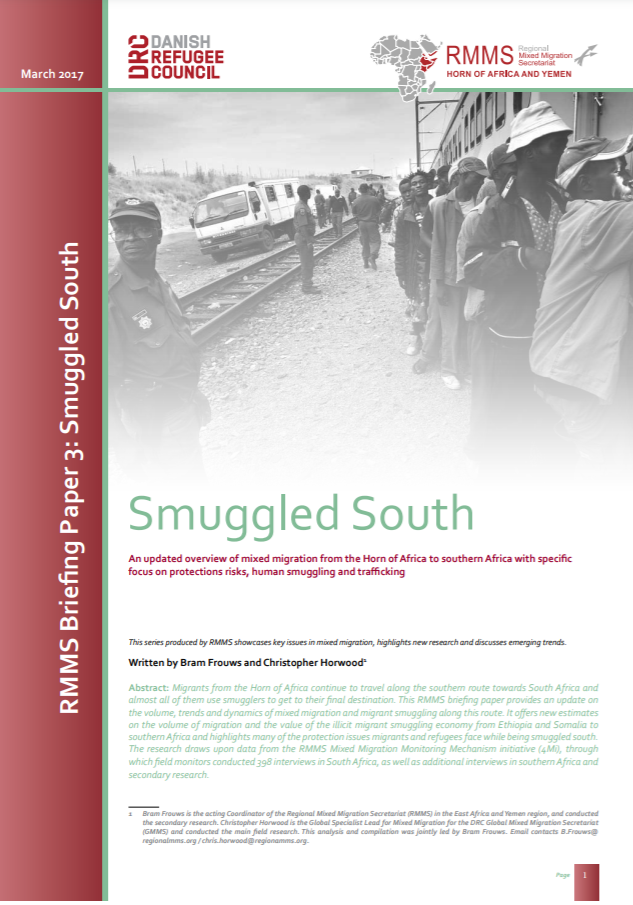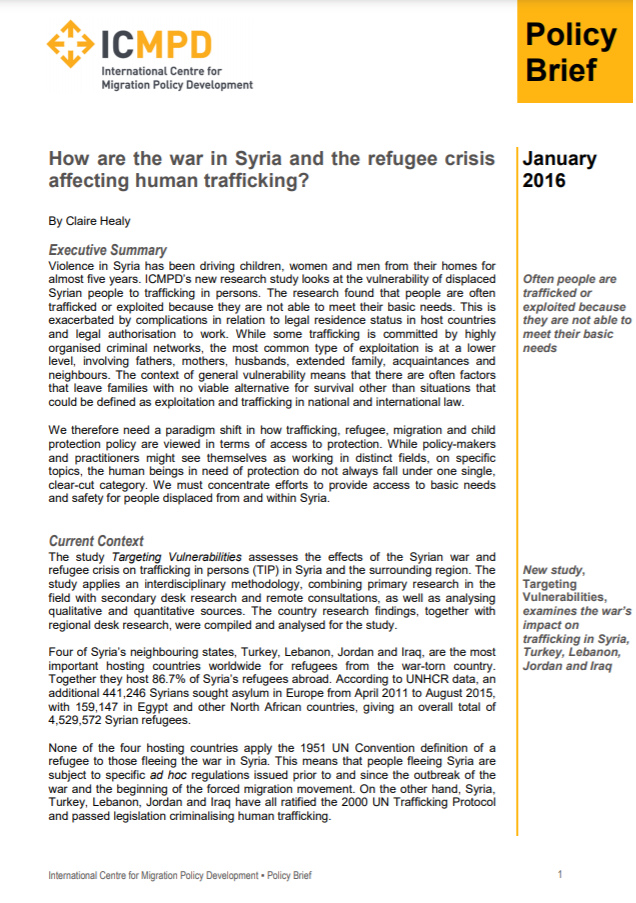anti-trafficking-in-humanitarian-responses

A brief overview and analysis of current practices and challenges in addressing trafficking in persons based on interviews with protection cluster and AOR coordinators
Year
2018
Topics






